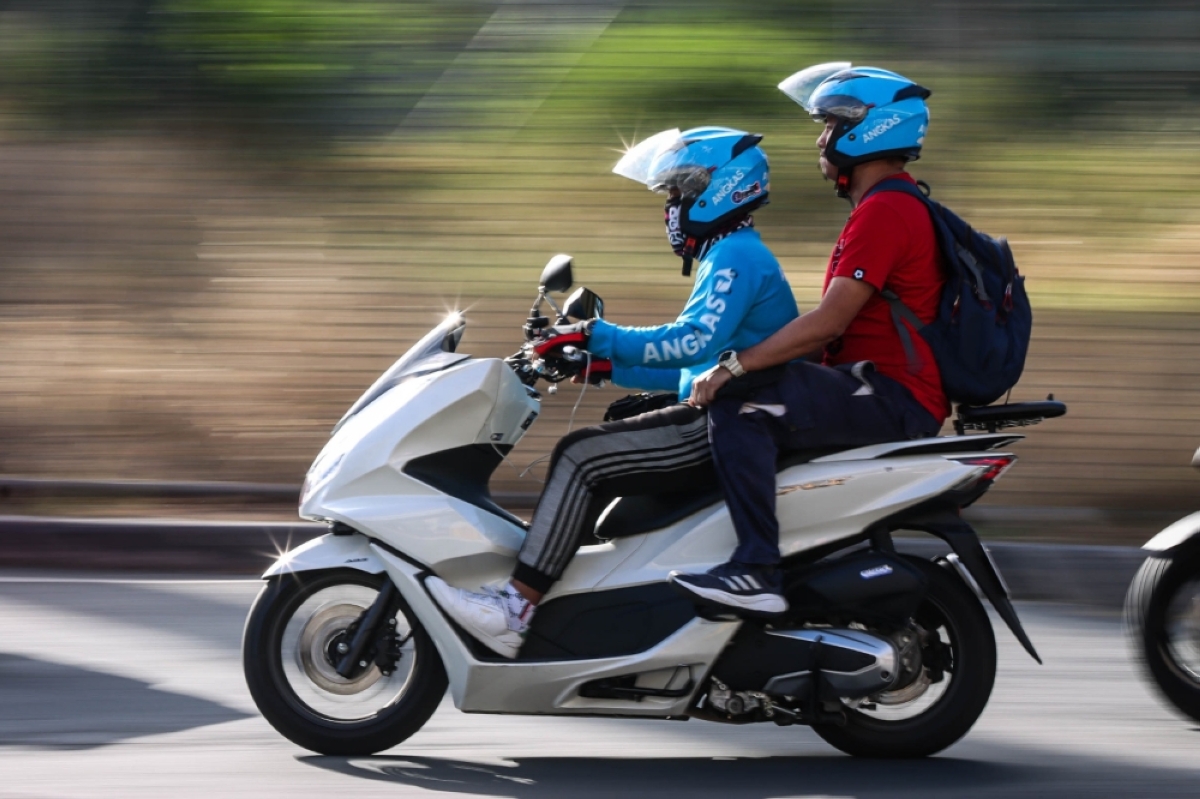
A sluggish economy and disputes over the planned transformation of land in Wang Nam Khieo district led tourism in Nakhon Ratchasima to grow at a slower rate than expected in 2024, according to Jim Thompson Farm. Tong Butsricha, manager of Jim Thompson Farm, said some domestic tourists had restricted their budgets and delayed their travel plans. A controversy erupted in July 2024 over a proposal to transform some parts of Thap Lan National Park into an agricultural farm.
As the disputed land includes Wang Nam Khieo district, which is well-known for its resorts, the issue also led to a decline in tourism activities in the area, especially from the public sector, said Mr Tong. However, approaching the end of the year, Jim Thompson Farm still gained visitors who visited Khao Yai thanks to the high season, which ensured hotels in the area were almost fully booked. Operating for over two decades, the farm opened a farm tour to members of the public to promote agriculture and Isan cultural tourism.

This represents a side project from its principal business of sericulture. The farm also sells its agricultural products to visitors. The farm received 50,000-60,000 visitors in 2024, which was still far less than the 300,000 visitors it received during its peak years between 1990 and 1993.
The emergence of intense competition from new floral parks nearby between 2010-13 was also blamed for a period of decline, during which it attracted 150,000-200,000 visitors per year. Mr Tong said the farm is now focused on adding more activities to maximise the time spent by visitors in the area to more than three hours, such as Isan music performances, a food market and contemporary art. It is also promoting the farm among people from the Northeast, rather than solely relying on visitors from Bangkok.
He said the farm also had a 10-20% increase in foreign visitors, including tourists from Malaysia, Singapore and China, who either rented a car or a private van to travel in small groups. According to the Tourism Ministry, Nakhon Ratchasima welcomed 6.9 million visitors, a 9.
5% increase year-on-year, from Jan-Oct 2024 and gained over 13.7 billion baht in revenue, surging 17.4% during the period.
Rungtip Bookkhuntod, director of the Tourism Authority of Thailand's Nakhon Ratchasima Office, said the province saw a stronger flow of independent tourists following the pandemic. They typically travelled with friends and family, opting for experiences as well as a variety of retreats. In 2025, the office is promoting the province based on its unique culture and assets, such as flower parks, cafes, faith and spiritual sites, along with the three Unesco heritage sites located within Nakhon Ratchasima, namely the Sakaerat Unesco Biosphere Reserve, the Khao Yai World Heritage Site, and Khorat Unesco Global Geopark.
Mrs Rungtip said the province also has strengths in terms of gastronomy tourism, with restaurants listed in the Michelin guide as well as agricultural and nature reserves. She said that once the new Korat motorway fully opens, these facilities would help stimulate more trips to Nakhon Ratchasima. The province is also looking forward to holding the International Horticultural Expo in 2029.
.















